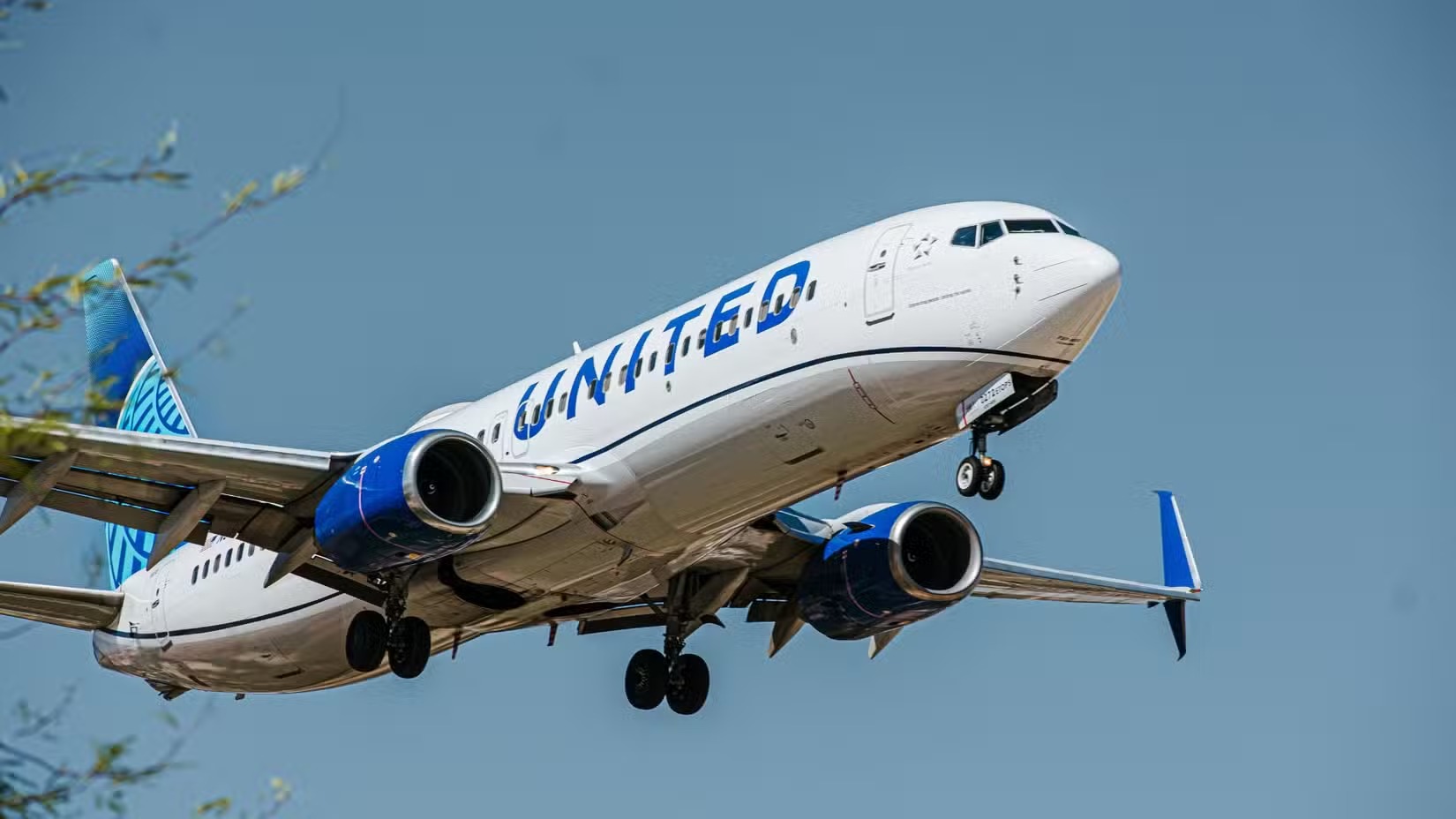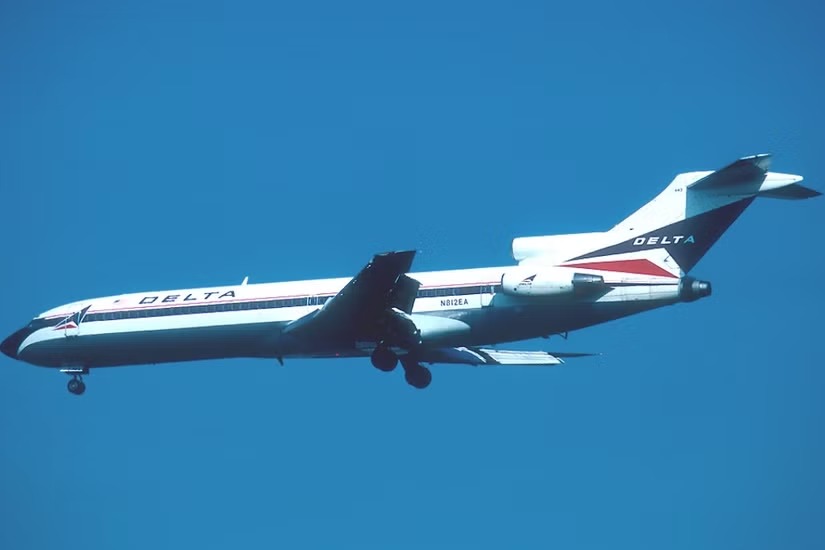The Boeing 737 series of aircraft, for all of its controversies, is the best-selling aircraft in history. From introducing the first 737 (the 737-100) to the world in February 1968, the 737 has gone on to rack up over 18,000 orders across all of its variants. What made the aircraft so popular, and what led Boeing to develop the aircraft type?

The need for a competing jet
In the early 1960s, the short-haul airplane market was set to be saturated with aircraft from a menagerie of competing aerospace companies. From BAC with their BAC 1-11 to McDonnell Douglas with their DC-9 (which was due to take flight in the mid 1960s) to Sud Aviation with their Caravelle, which had already been in service since the late 1950s. All of these jets had similar capacities of 75 to 140 seats and were developed to serve the growing short-haul airline markets of the time on routes such as London to Paris, New York to Chicago, and Tokyo to Osaka.

Photo: Hawaiian Airlines
Boeing wanted to get in on this growing and increasingly lucrative market, but had a problem. At the time, no Boeing aircraft had a capacity that could compete with the likes of the DC-9 or other short-haul aircraft.
The Boeing 707 was too big and catered to the long-haul passenger market, while the Boeing 727 series of aircraft was meant to fill the gap between short and long haul routes for airlines, making the tri-jet too big and costly to be economically operated on short-haul flights. Put simply, Boeing needed an aircraft to supplement the 727 in the short-haul market.

Photo: Alain Durand | Wikipedia Commons
With these problems and goals in mind, famed Boeing designers Joseph “Joe” Sutter and Jack Steiner began developing the 737 in November 1964.
Developing the 737: 737-100
The specifications for Boeing’s first 737 iteration – the Boeing 737-100 – called for a capacity of 60-85 passengers, a range of up to 1,000 miles, and operating economics such that any airline could break even on operating costs at just a 35% load factor. During the development of the aircraft type, Boeing told designer Jack Steiner to use as many 727 components as he could in the design of the 737 in order to save on production costs.
In particular, the 737-100 featured the same fuselage components as the 727, allowing for a 3-3 seating configuration (6 abreast) instead of the typical 3-2 configuration (5 abreast) that was common on short-haul airliners like the DC-9 at the time. The 737 featured practically the same Pratt & Whitney JT-8D turbofan engines present on the 727, but instead of three, there were now two that were both placed under the wings of the aircraft.
The placement of the engines under the wings of the 737-100 allowed for better access by ground workers and aircraft maintenance technicians, making the 737 easier to maintain.

Image: Boeing, USPTO
These were not the only components taken off the 727. In fact, over 50% of parts have commonality with the 727, including doors, the cockpit layout, avionics, and fittings. So many parts of the 737 were taken from previous Boeing designs (that were still being manufactured at the time) that a lavatory from a 707 could be taken and placed into a new 737. Need to save costs on seats? Take seats out of an old 707 and place them into your new 737-100. Talk about copy and paste!
While this was a quick and cheap way for Boeing to save money and develop a new aircraft, this parts commonality with older aircraft would come back to haunt Boeing designers when they would inevitably be faced with re-designing the 737. During both major 737 re-designs in the 1980s with the “Classic” series and 2010s with the 737 MAX, Boeing would have trouble updating the 737 design due to the 737s low-to-the-ground design and rather narrow fuselage.
The 737-100 design, later known as the 737 “Original” Series, first took to the sky on April 9, 1967.

Photo: Boeing
Initially, the 737-100 wasn’t popular with airlines due to its shorter range and smaller passenger and cargo capacity. The entrance of the -100 variant into service with Lufthansa in February 1968 marked the first time a non-US airline launched a Boeing aircraft.
| Airline | Number of Aircraft Delivered |
| Lufthansa | 22 |
| Malaysia-Singapore Airlines | 5 |
| Avianca | 2 |
The last commercially operated 737-100 was retired in 2005 after flying for 38 years for four airlines across the world.
737-200: The most popular “original” 737 variant
Almost immediately after the launch of the 737 program in the spring of 1967, it was realized that airlines would prefer a larger capacity version of the 737, so Boeing designers got to work on modifying the 737-100 design to tailor it to airlines’ need for a larger capacity 737 variant.
The result was a stretched version of the 737-100 that could accommodate up to 130 seats at a 28 inch seat pitch. The JT-8D engines on the -200 variant were also modified to provide more thrust as a result of the 737-200’s larger maximum load.
Along with these updated features, the Boeing 737-200 could be equipped with a special kit, commonly known as a “gravel kit”. Gravel kits deflect dust and debris away from the engines on a 737-200 equipped with the kit.

Photo: airforcefe via Wikimedia Commons
The option to modify the 737-200 with a gravel kit, combined with the option for airlines to purchase 737-200s with cargo doors and flexible configurations that could add or take away seats in exchange for cargo space in the cabin ( known as the 737-200 “Combi”), made the 737-200 extremely appealing to airlines that operated to airports in areas of the world that were undeveloped, developing, or had poor infrastructure.
Besides the two 737 “Original” Series aircraft (the 737-100 and -200), no other 737 could or can be equipped with a gravel kit due to the wider engine intakes on subsequent 737 series aircraft (the -300 through MAX 10).
United Airlines acted as the launch customer of the popular 737-200 aircraft type in April 1968. Currently, there are around 50 737-200s still in service with airlines around the world.
Most 737-200s still flying can be found and flown on in Canada due to the undeveloped nature of Canada’s vast northern and Arctic regions and the need to transport personnel and cargo to remote Canadian airports that feature gravel runways for mining, oil-drilling, and research. Most 737-200s still flying in Canada feature either a Combi or gravel kit configuration (sometimes both).

Photo: Alsadair McLellan via Wikimedia
Where the 737-100 failed, the 737-200 succeeded, and it’s due to this that over the course of its 20-year production, over 1,000 737-200s were produced and delivered to more than 50 airlines around the world.
When combined with its practicality and reliability, the near endless adaptability of the 737-200 and subsequent variants of it is what cemented the 737 series as one of the definitive short to medium-haul workhorse aircraft around the world.
Source: Simple Flying

Warning: Illegal string offset 'cookies' in /home/u623323914/domains/eng.bayviet.com.vn/public_html/wp-includes/comment-template.php on line 2564